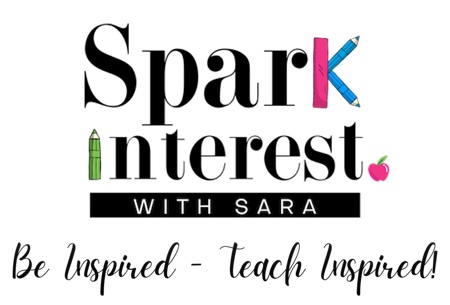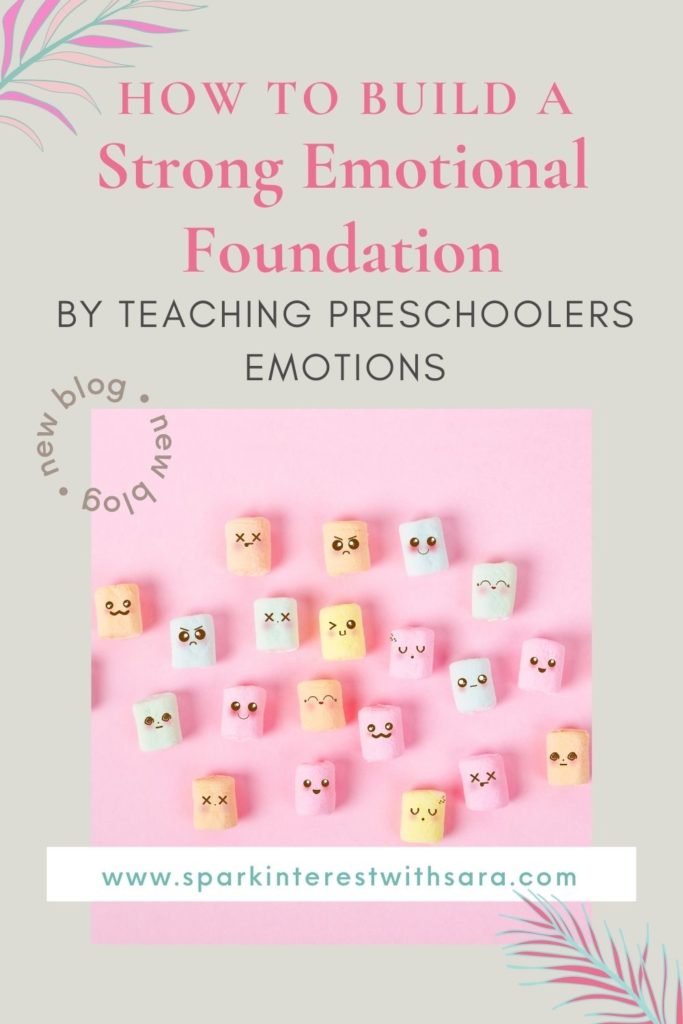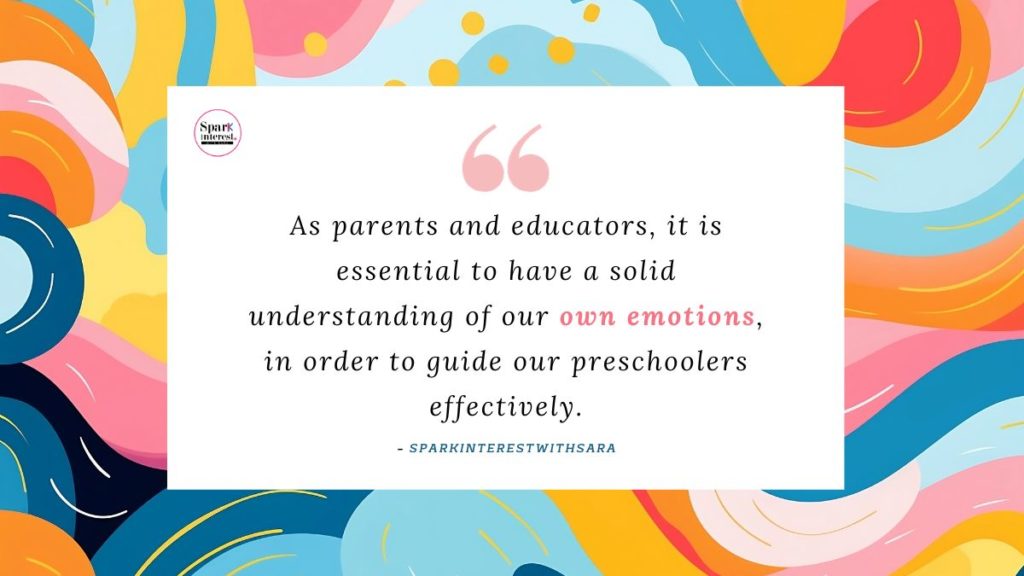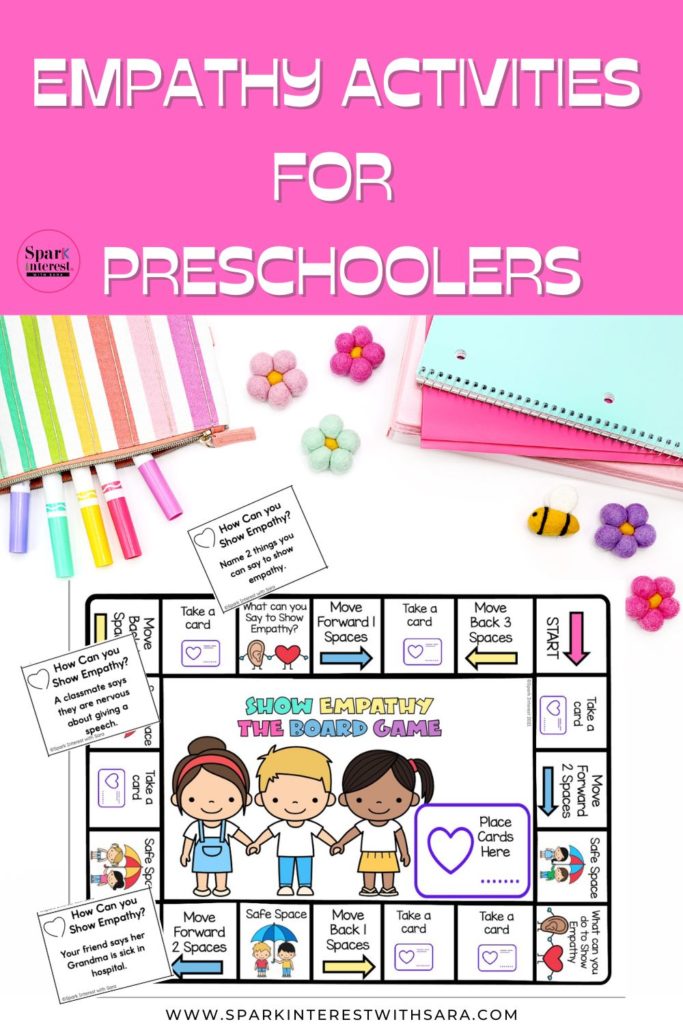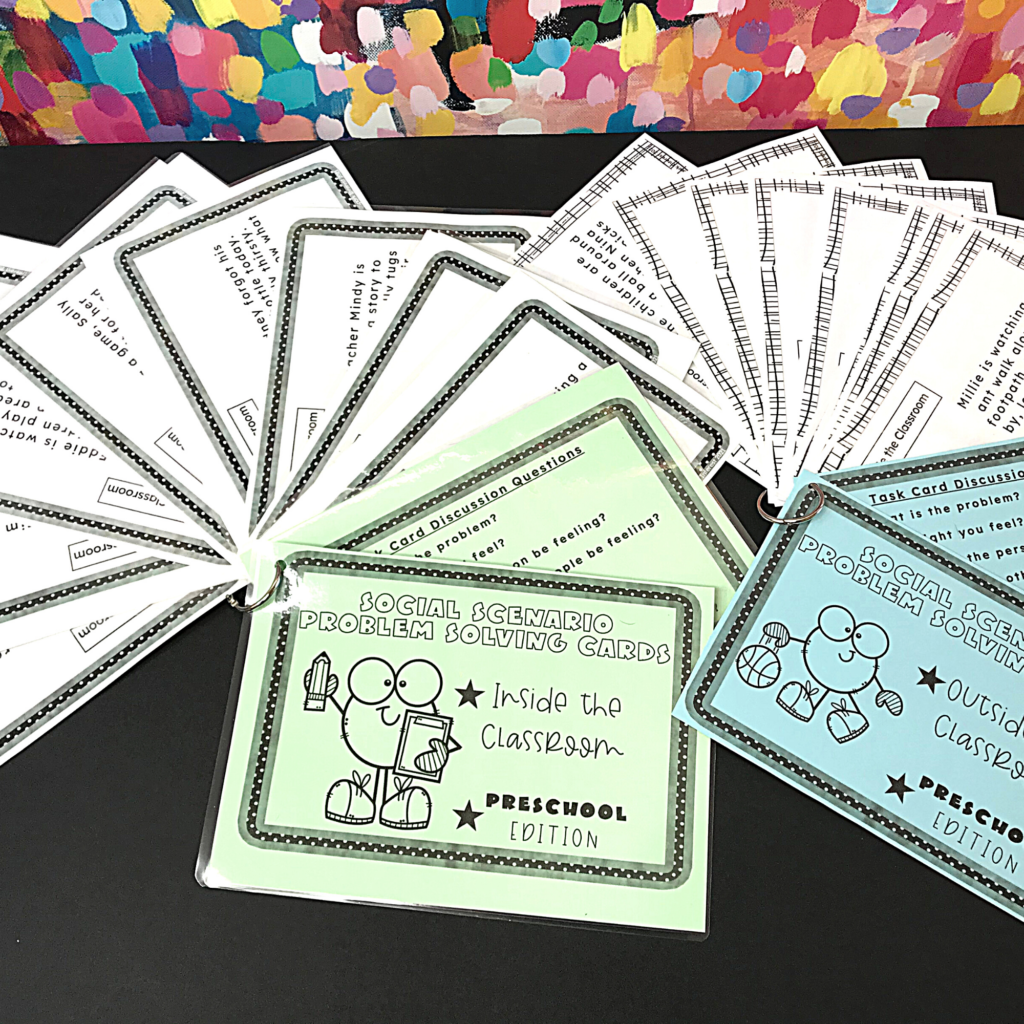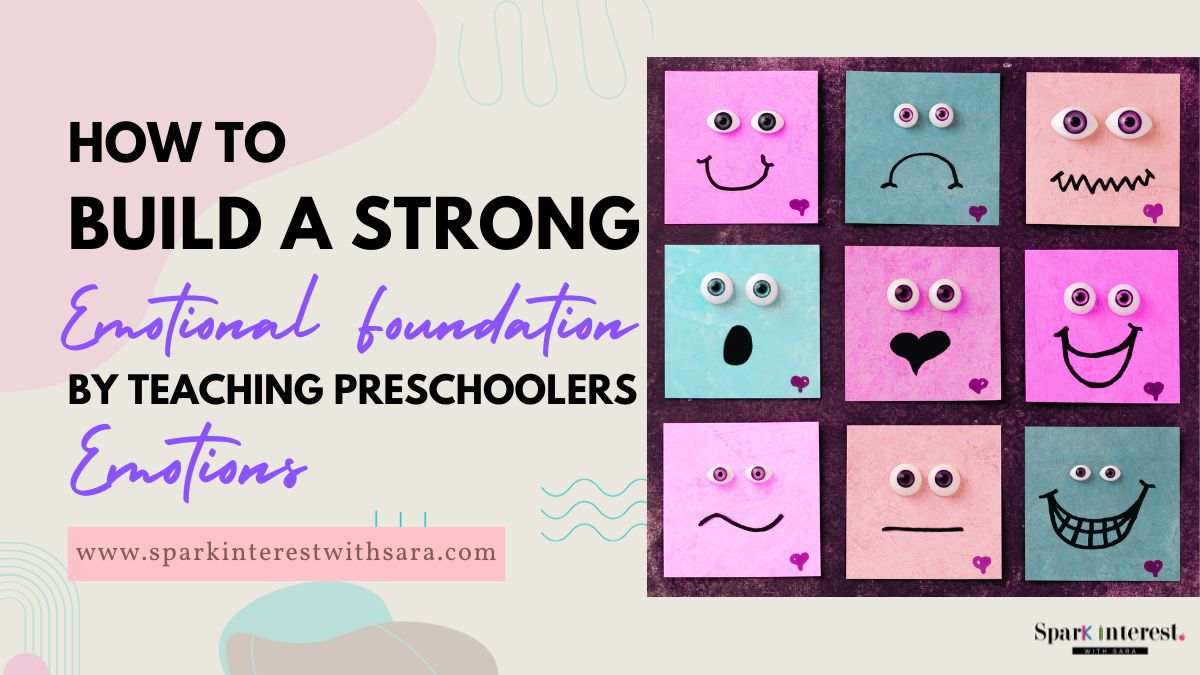
As a preschool educator, you know it’s crucial to equip preschoolers with the tools they need to navigate their emotions. Building a strong emotional foundation from an early age sets the stage for lifelong emotional intelligence and well-being. A tremendous amount of social emotional development occurs in early childhood and teaching preschoolers emotions is probably one of the first pieces of that emotional well-being pie!
In this blog post, I’m going to delve into the importance of teaching preschoolers to identify and manage their emotions and give you some practical tips for teaching preschoolers all about emotions.
Before you read on, don’t forget to grab my freebie below to help your students understand that they can sprinkle kindness into any situation.
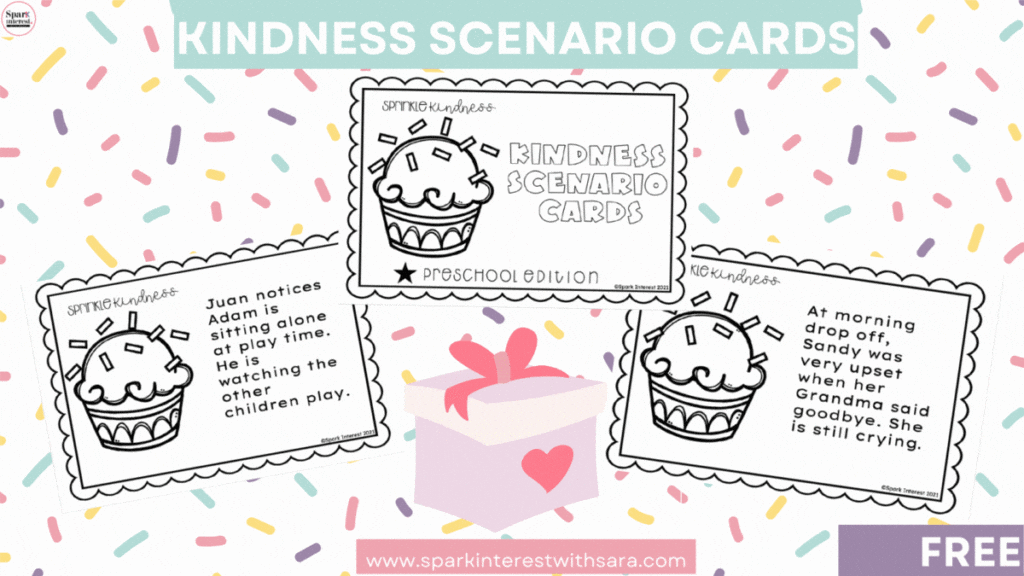
By teaching preschoolers to identify and understand their emotions, we empower them to express themselves effectively and develop healthy coping mechanisms. This not only helps them navigate challenging situations but also fosters empathy and compassion towards others.
From fears to frustration and joy, preschoolers experience a wide range of emotions on a daily basis. As educators and parents, it is our responsibility to provide them with the guidance and support they need to navigate this emotional landscape. By implementing simple strategies and engaging activities, we can teach preschoolers valuable skills that will last a lifetime.
The importance of emotional development in preschoolers
By teaching our preschoolers how to identify and understand their emotions, we will empower them to express themselves effectively and once we can identify them we can learn strategies to manage them.
Preschoolers often experience a whirlwind of emotions, from happiness and excitement to frustration and anger. These emotions can be overwhelming for them, especially if they don’t have the necessary skills to navigate them. By focusing on emotional development, we can help preschoolers build resilience, empathy, and self-awareness.
Understanding emotions: A guide for parents and educators
As parents and educators, it is essential to have a solid understanding of our own emotions, in order to guide our preschoolers effectively. Emotions are complex and can often be confusing, even for adults. However, by familiarizing ourselves with the basic emotions and their corresponding cues, we can better support preschoolers in identifying and managing their emotions.
One way to do this is by teaching preschoolers about the different facial expressions associated with each emotion. We can also extend this by expanding our student’s vocabulary when it comes to emotions. If we can talk about ourselves feeling frustrated, overwhelmed, excited or hurt, we are helping our students expand their range of understanding that goes beyond feeling happy or sad.
The benefits of teaching preschoolers emotions at a young age
Emotional intelligence is a crucial life skill that can have a profound impact on a child’s overall well-being and success. By teaching emotional intelligence at a young age, we set preschoolers up for a lifetime of healthy emotional regulation and positive relationships.
Research has shown that children with high emotional intelligence tend to have better social skills, perform better academically, and have higher self-esteem. They are also more likely to exhibit empathy and compassion towards others, leading to more positive and fulfilling relationships throughout their lives.
Strategies for helping preschoolers identify and express their emotions
There are several effective strategies that parents and educators can use to help preschoolers identify and express their emotions. One approach is to use visual aids such as emotion charts or emotion cards. These tools provide a visual representation of different emotions and can help preschoolers identify and label their own feelings and the feelings of others.
Another effective strategy is to engage preschoolers in discussions about emotions. Encourage them to talk about how they are feeling and why. This helps them develop a vocabulary for expressing their emotions and provides an opportunity for adults to offer support and guidance.
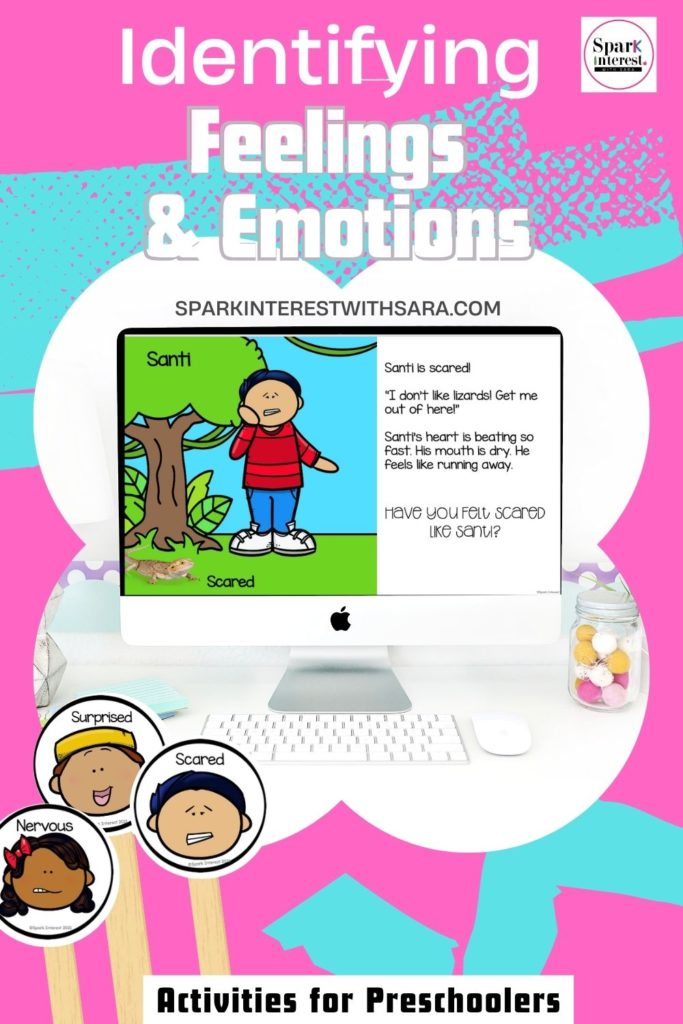
Teaching preschoolers how to manage their emotions effectively
Identifying and expressing emotions is just the first step. Preschoolers also need to learn how to manage their emotions effectively. One way to teach them this skill is through the use of calming techniques. Deep breathing exercises, mindfulness activities, and physical movement can all help preschoolers regulate their emotions and calm down when they are feeling overwhelmed.
Additionally, teaching preschoolers problem-solving skills can help them manage their emotions in a healthy way. Encourage them to brainstorm solutions to challenging situations and guide them towards positive coping strategies.
Creating an emotionally supportive environment in the preschool classroom
The preschool classroom plays a crucial role in fostering emotional development. Creating an emotionally supportive environment involves establishing clear expectations, consistent routines, and positive relationships with both peers and adults.
One way to create an emotionally supportive environment is by implementing daily check-ins. Take a few minutes each morning to ask preschoolers how they are feeling and encourage them to share any concerns or emotions they may be experiencing. This helps to create a safe and open space for preschoolers to express themselves.
The role of storytelling and play in teaching preschoolers emotions
Storytelling and play are powerful tools for developing emotional intelligence in preschoolers. Reading really great picture books focusing on Social Emotional Development allows children to explore different emotions and understand how characters in stories navigate their own feelings. By discussing the emotions experienced by characters, preschoolers can develop empathy and a deeper understanding of their own emotions.
Play also provides an opportunity for preschoolers to explore and express their emotions in a safe and imaginative setting.
Through role-play, children can act out different scenarios and experiment with different emotional responses. This helps them develop problem-solving skills and learn how to manage their emotions effectively.
Building strong partnerships with parents to support emotional development
Building a strong partnership with parents is crucial in supporting preschoolers’ emotional development. By maintaining open lines of communication, parents and educators can work together to ensure consistent messaging and support for preschoolers.
Regular parent-teacher conferences and ongoing communication can provide opportunities for sharing strategies, discussing concerns, and celebrating successes. This collaboration ensures that preschoolers receive consistent guidance and support both at home and in the classroom.
Conclusion: Teaching preschoolers emotions for lifelong success
Teaching preschoolers to identify and manage their emotions is a critical step in building a strong emotional foundation. By providing them with the tools and strategies they need to navigate their emotions effectively, we empower them to develop lifelong emotional intelligence.
Preschoolers who have a solid emotional foundation are more likely to develop positive relationships, excel academically, and experience overall well-being. By prioritizing emotional development in the early years, we set preschoolers up for success in all areas of their lives.
Together, as parents and educators, let’s commit to nurturing emotional intelligence in preschoolers and equipping them with the skills they need to thrive.
Looking for Resources that will help your preschoolers identify feelings and emotions? Check out my identifying feelings bundle below. So many user-friendly resources in one money-saving bundle! ????????
Let's Connect:

Sara
